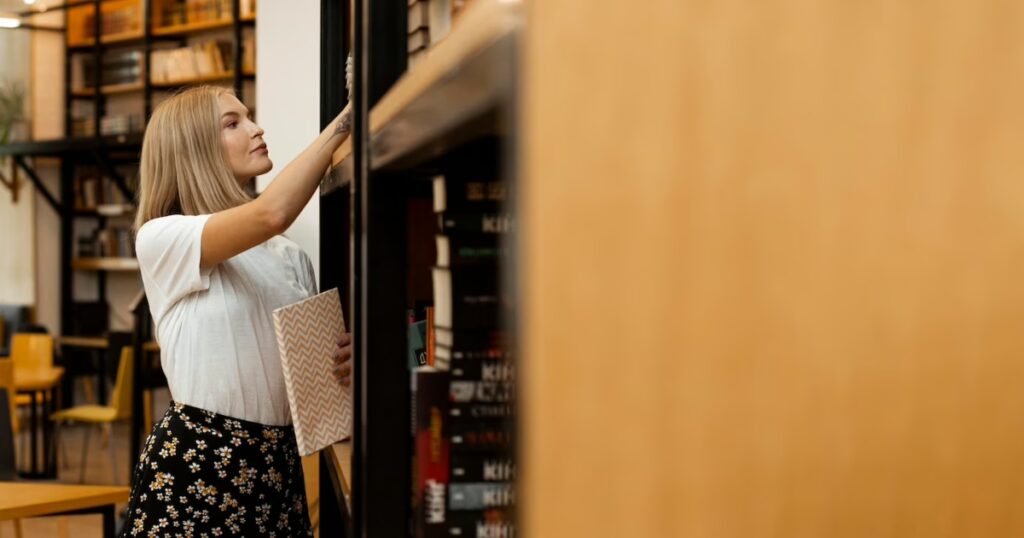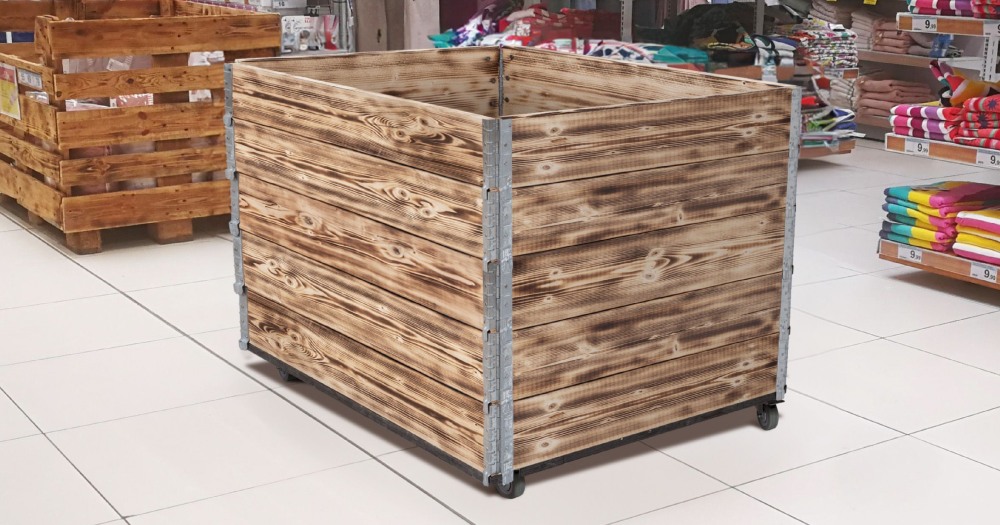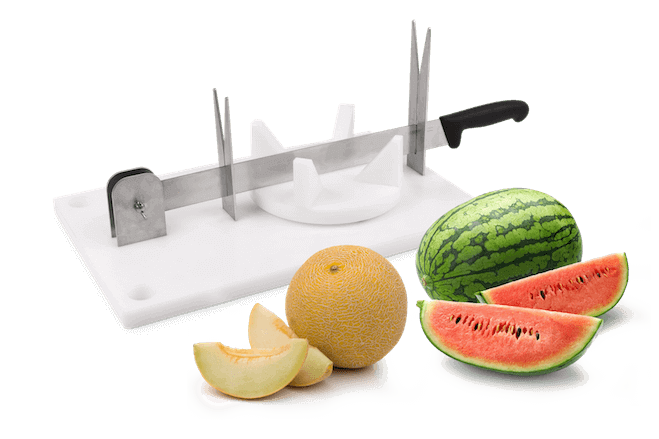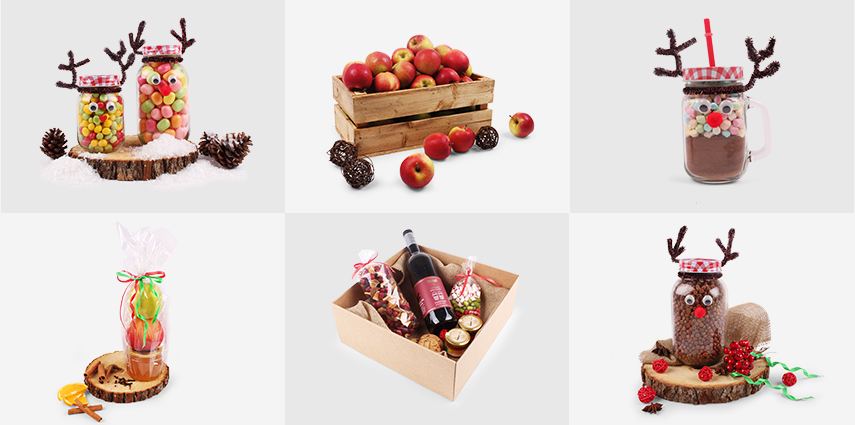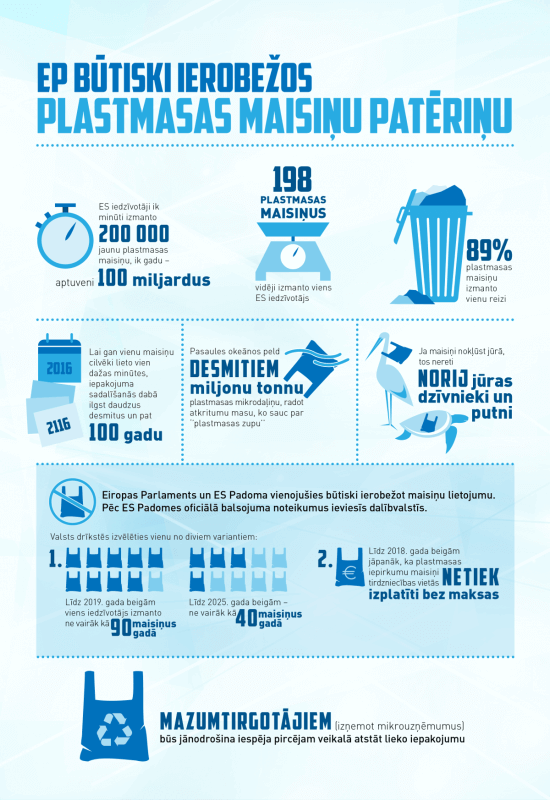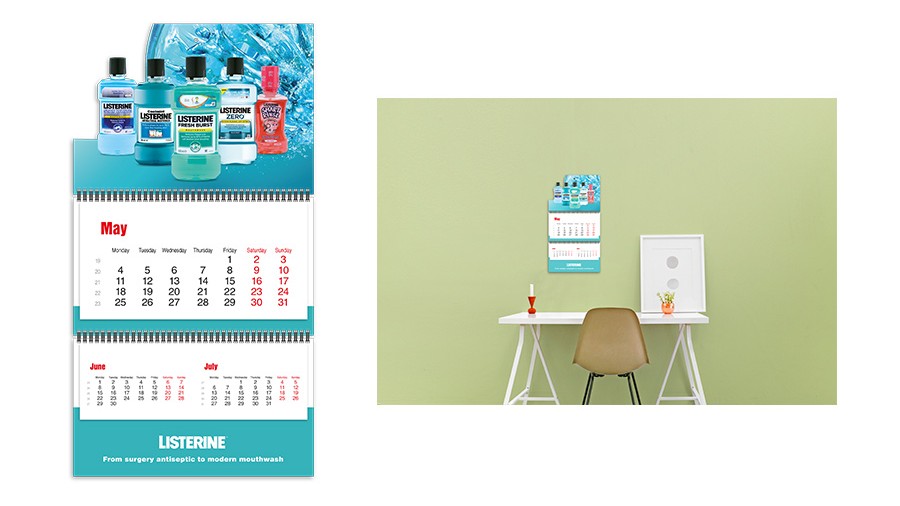Incorporating Eco-Design Principles in Product Packaging 
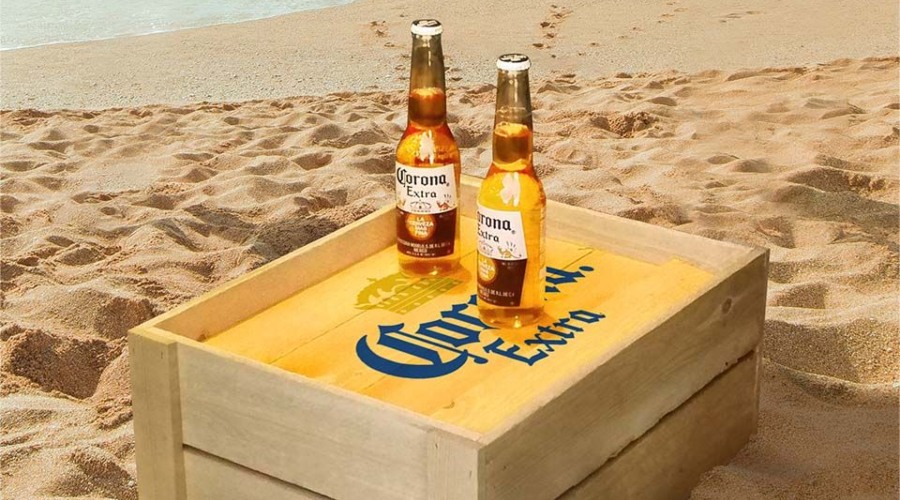
In the contemporary business environment where consumer consciousness and legal requirements are rapidly evolving, a holistic approach to product packaging has become a key determinant of business success.
For marketing agencies like ours at SprintLab, this spells a shift from mere aesthetics and functionality to the integration of sustainability and eco-design principles in product packaging. This strategy not only responds to the increasing demand for environmentally friendly products but also sets up brands for long-term viability and profitability.
So in this article we will delve into the nitty-gritty of incorporating eco-design principles in product packaging. We will also be offering practical tips, looking at some case studies of successful eco-packaging, and connecting these strategies with superior marketing practices.
Try designing for recyclability
Designing for recyclability starts from the product conception stage. It involves crafting product packaging in a way that makes it easy to reclaim and reprocess the materials used. Therefore reducing the waste that ends up in landfills.
The key to designing for recyclability lies in the careful selection of materials. So be sure to choose materials that are widely recycled. Examples could be anything such as PET plastic, cardboard, and aluminum.
Also, make sure to design your packaging to be easily disassembled, enabling consumers and recyclers to separate different materials effectively. This might involve minimizing the use of adhesives and using clear labelling to instruct consumers on how to recycle the packaging properly.
One example of this in action is Coca-Cola’s “PlantBottle,” made from 30% plant-based materials and 100% recyclable, embodying the principle of designing for recyclability.
Reducing material use is the way to go
Material reduction, or lightweighting, is an eco-design principle that involves minimizing the amount of material used in packaging without compromising the product’s protection and safety.
To be honest, material reduction can be achieved in some very simple steps. Start with clever design strategies such as optimizing the shape and size of the packaging, using thinner materials, or replacing traditional materials with lighter, more compact alternatives. This not only reduces resource consumption and waste but can also cut costs related to materials, transport, and disposal.
A good example would be to use wooden beer crates. They do not compromise the product’s safety and also speak loudly about the brand’s promise to be sustainable. Especially if the wood is reclaimed and sustainably processed the way ColorWood Latvia does it.
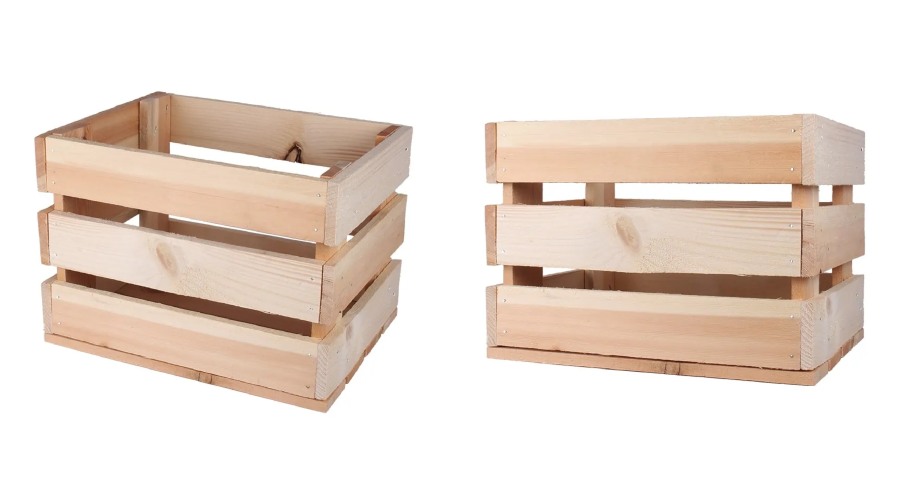
Consider the full lifecycle of the package
Another tip from us is to consider the full lifecycle of your packaging first. Lifecycle thinking involves considering every stage of a package’s life. Beginning from material extraction and production, through use and disposal or recycling.
This simple approach aims to minimize the environmental impacts at each stage. That way creating a more sustainable package overall.
In general life cycle thinking can be incorporated by using lifecycle assessment (LCA) tools that measure the environmental impact of a product from cradle to grave. These tools can help identify areas where improvements can be made. For example, switching to renewable energy sources during production or choosing materials that are easily recyclable.
For instance, Seventh Generation, a company offering eco-friendly cleaning products, uses 100% recycled materials in its packaging and opts for a concentrated product formula to reduce packaging weight and transport emissions.
Conclusion
In conclusion we can only say that eco-design principles in product packaging are no longer an option. They are a necessity for brands that want to stay competitive in today’s market.
At SprintLab, we understand the powerful synergy between eco-design and marketing. It is a path that not only leads to increased brand loyalty and market share but also contributes to the sustainable future we all strive for.
So keep in mind that it’s time we reimagined product packaging, aligning it with the emerging realities of our world and the expectations of the informed consumer.
Make sure to check out our latest articles:
Stay tuned for new articles to come!

